September 1, 2025 | 00:37 GMT +7
September 1, 2025 | 00:37 GMT +7
Hotline: 0913.378.918
September 1, 2025 | 00:37 GMT +7
Hotline: 0913.378.918

Several Russian farmers experienced difficulties due to turmoil in the European hatching eggs market. Photo: Groenewold, Koos.
Several Russian farmers experienced difficulties due to turmoil in the European hatching eggs market. Produkty Pitaniye, a Kaliningrad-based poultry company, for one, was forced to switch to egg imports from Turkey, the company revealed. In previous years, Produkty Pitaniye primarily imported hatching eggs from Germany, but following the recent bird flu outbreaks, its supplier switched to meeting the demand only in the EU market.
The poultry manufacturer also imports hatching eggs from Hungary and Spain, but the available quantities were not sufficient to fully meet the company’s demand. The switch from Europe to Turkey incurred certain challenges for Produkty Pitaniye, as the delivery time went from 2 days to 2 weeks.
“The route looks like this: a refrigerated truck travels from Turkey to Georgia, then to Azerbaijan, crosses the Russian border in St. Petersburg from where it takes a ferry to Kaliningrad,” the company unveiled, adding that the complicated logistics also led to a sharp rise in costs.
Domestic production is in disarray
Meanwhile, Russian hatching egg production is on a downward trajectory and investments into this industry plunged in 2024, Dmitry Vlasenko, deputy head of the Russian Agricultural Ministry, revealed during an industry conference in February 2025.
In 2024, Russian hatching egg imports jumped by nearly 70 million units, Vlasenko said. The key suppliers boosted sales to Russian clients with imports from Turkey reaching 100 million units, Hungary 50 million units, and Uzbekistan 15 million units, he said, without providing additional details.
Smena-9 is in the spotlight
During the same conference, Galina Bobyleva, CEO of the Russian Poultry Union, called on authorities to promote the Smena-9 crossbreed to deal with the turbulence in the hatching eggs market.
According to Vlasenko, Smena-9 has recently seen its share in Russian broiler meat production growing and exceeding 5%. He indicated that the average daily gain of Smena-9 broilers reaches 74 g against 59-62 g of imported crossbreds.
In general, Vlasenko emphasised that the introduction of more effective crossbreed opens new opportunities for the Russian poultry industry. “Increasing the average daily gain just by 1 g on the scale of the entire industry will secure a growth in poultry meat production by 100,000 tonnes per year,” he said.
In addition, Russian scientists are working on developing the first Russian crossbreed of laying hens, Bobyleva revealed.
(Poultryworld)
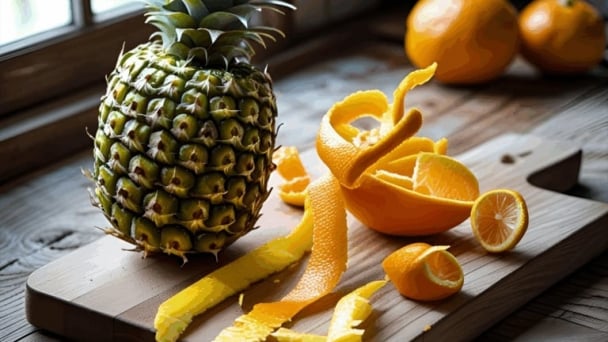
(VAN) Researchers have discovered that replacing 50g/kg maize with a 50:50 mix of pineapple and orange peels could offer poultry producers a sustainable feed option.
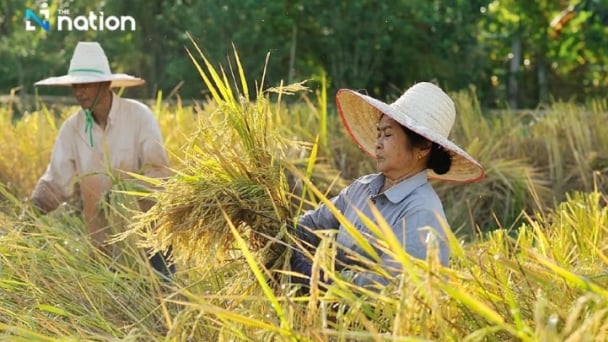
(VAN) Global rice markets are bracing for turbulence after reports that India, the world’s largest rice exporter, is preparing to release around 20 million tonnes of stockpiled rice in September.
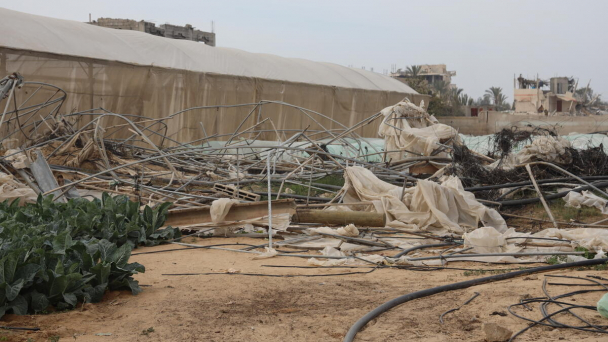
(VAN) FAO, UNICEF, WFP and WHO reiterate call for immediate ceasefire and unhindered humanitarian access to curb deaths from hunger and malnutrition.
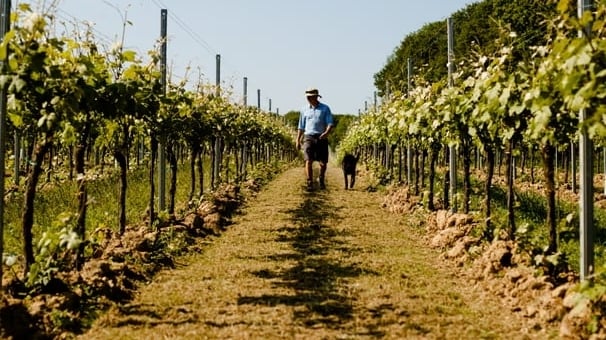
(VAN) As wildfires rage in southern Europe and crop losses only set to increase in the coming years, producers are getting creative to beat the heat.
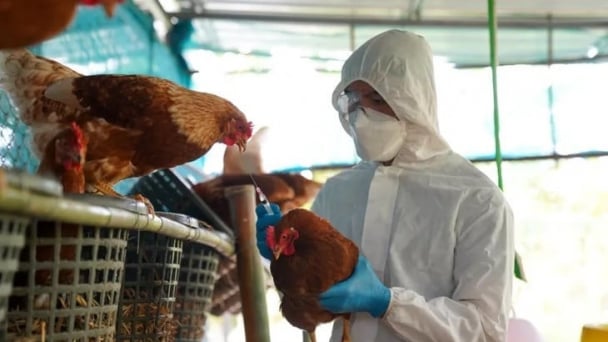
(VAN) A new outbreak of highly pathogenic avian influenza (HPAI) has been confirmed by Argentinian authorities at a layer farm in Buenos Aires, Argentina.
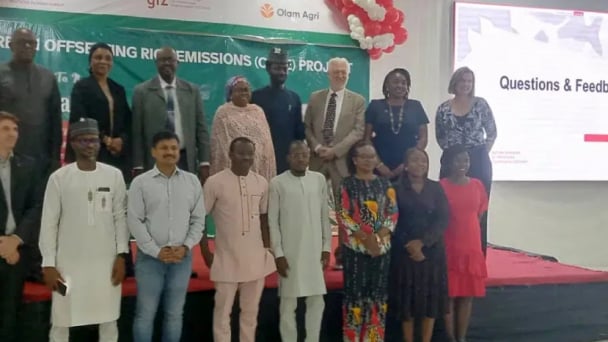
(VAN) The German Government has inaugurated the Carbon Offsetting Rice Emissions (CORE) Project to support 12,000 smallholder farmers in climate-smart rice production across Benue, Nasarawa, and Kano States.
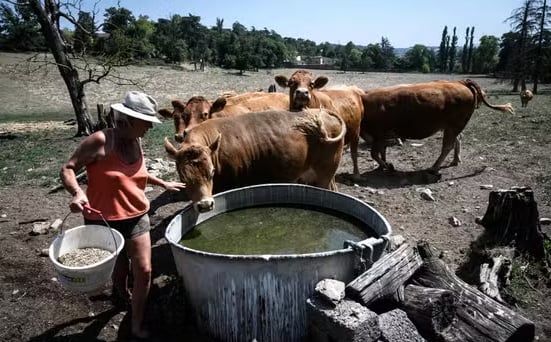
(VAN) Orchardists, winegrowers and livestock farmers fear the negative impact of the current heatwave on their production.